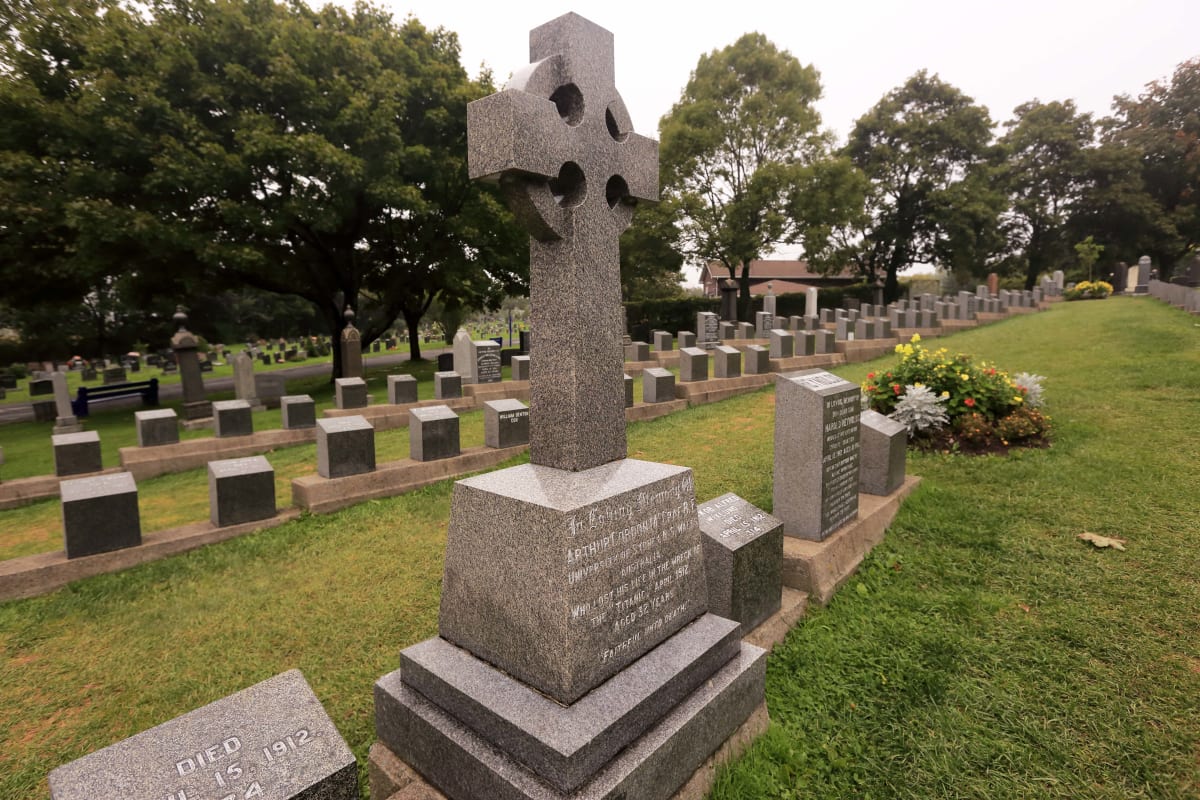On this day in history, September 1, 1985, Titanic wreck was found

SOUTHHAMPTON, ENGLAND: On September 1, 1985, a 73-year-old mystery was finally unraveled when the wreckage of the iconic ocean liner RMS Titanic was discovered in the North Atlantic.
The mission was financially supported by the US Office of Naval Technology and was primarily designed to assess the capabilities of newly-developed underwater imaging systems in locating objects on the seafloor.

Who found the Titanic shipwreck?
This significant discovery was the result of a collaborative mission between the Woods Hole Oceanographic Institution (WHOI) based in Massachusetts and the French National Institute of Oceanography (IFREMER).
Initially, the search area was narrowed down to a 100-square-mile section of the ocean.

The discovery of the Titanic's wreckage not only solved the mystery of its location but also substantiated anecdotal reports from survivors of the ship's sinking.
These survivors had consistently maintained that the Titanic had broken into two distinct pieces as it descended into the depths of the ocean.
How was the Titanic wreck discovered?
Dr Robert D Ballard of WHOI and Jean Louis Michel of IFREMER led a two-part mission to discover the Titanic wreck.
The RMS Titanic, once the largest ship in the world when it was constructed, met its tragic fate in the early hours of April 15, 1912.
Less than three hours after striking an iceberg, the ship sank into the frigid waters of the North Atlantic. The Titanic had been on a journey from Southampton, England, for New York City.

This catastrophic event resulted in the loss of over 1,500 lives, which included the ship's crew and passengers.

A little more than 700 individuals, accounting for less than a third of the total number on board, managed to survive the disaster.
What was the mission of Titanic?
The first phase of the mission commenced on July 1, 1985, with the French team aboard the research vessel Le Suroit.
Using an advanced sonar system called the System Acoustique Remorque (SAR), they systematically scanned the ocean floor, employing a method similar to mowing a lawn.

WHOI noted that SAR was among the most sophisticated sonar systems at the time, providing high-quality imagery that almost resembled photographs of the seafloor.
Despite not locating the Titanic, Le Suroit's efforts eliminated approximately 75% of the search area.

The second phase of the mission to locate the Titanic was initiated on August 15 aboard the research vessel Knorr. This phase involved both the American team from WHOI and three French scientists from IFREMER.
After a week, the Knorr arrived at the location where Le Suroit had last conducted its search.

Rather than focusing solely on searching for a single large object like the Titanic's hull, the team aboard the Knorr adopted a different approach.
They utilized an imaging tool called ANGUS, which stands for Acoustically Navigated Geological Underwater Survey. In addition to ANGUS, they employed a sonar/video camera system named 'Argo'.
This combination of advanced technology allowed them to scan the seabed for any debris or remnants that could have originated from the Titanic.










